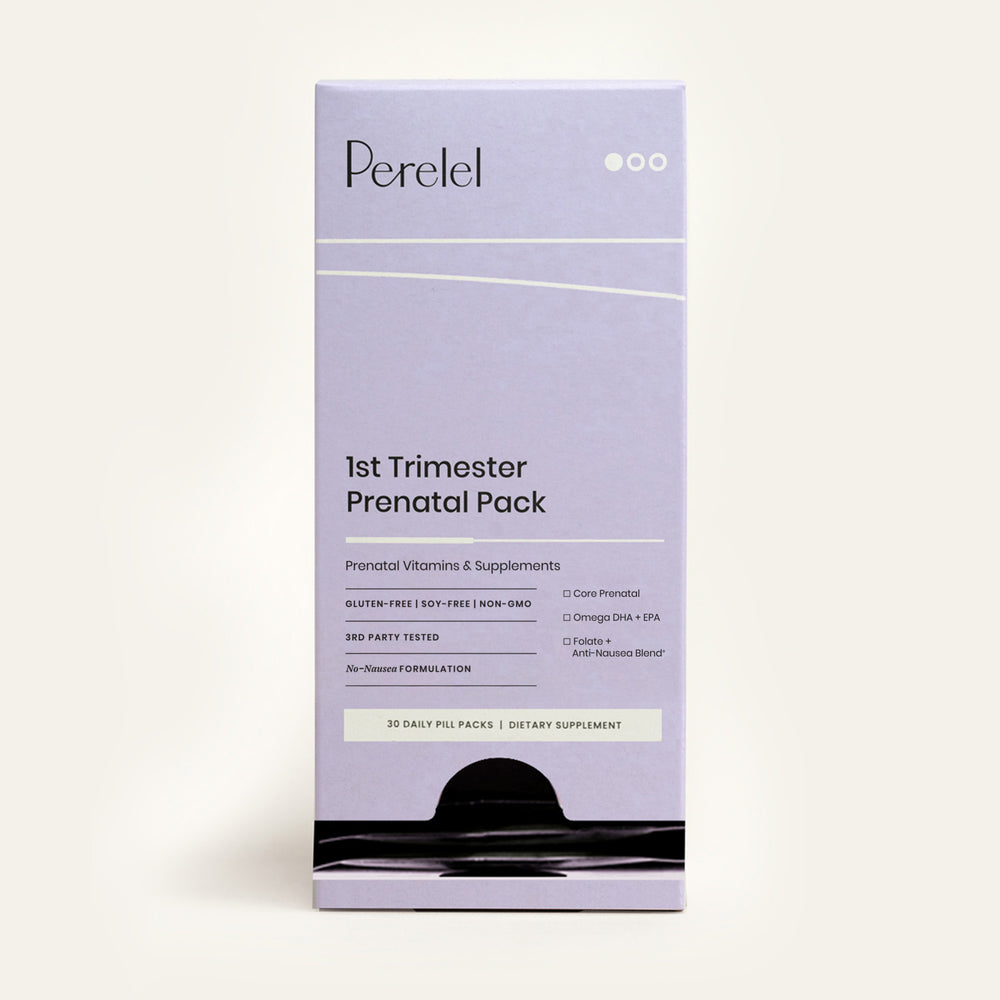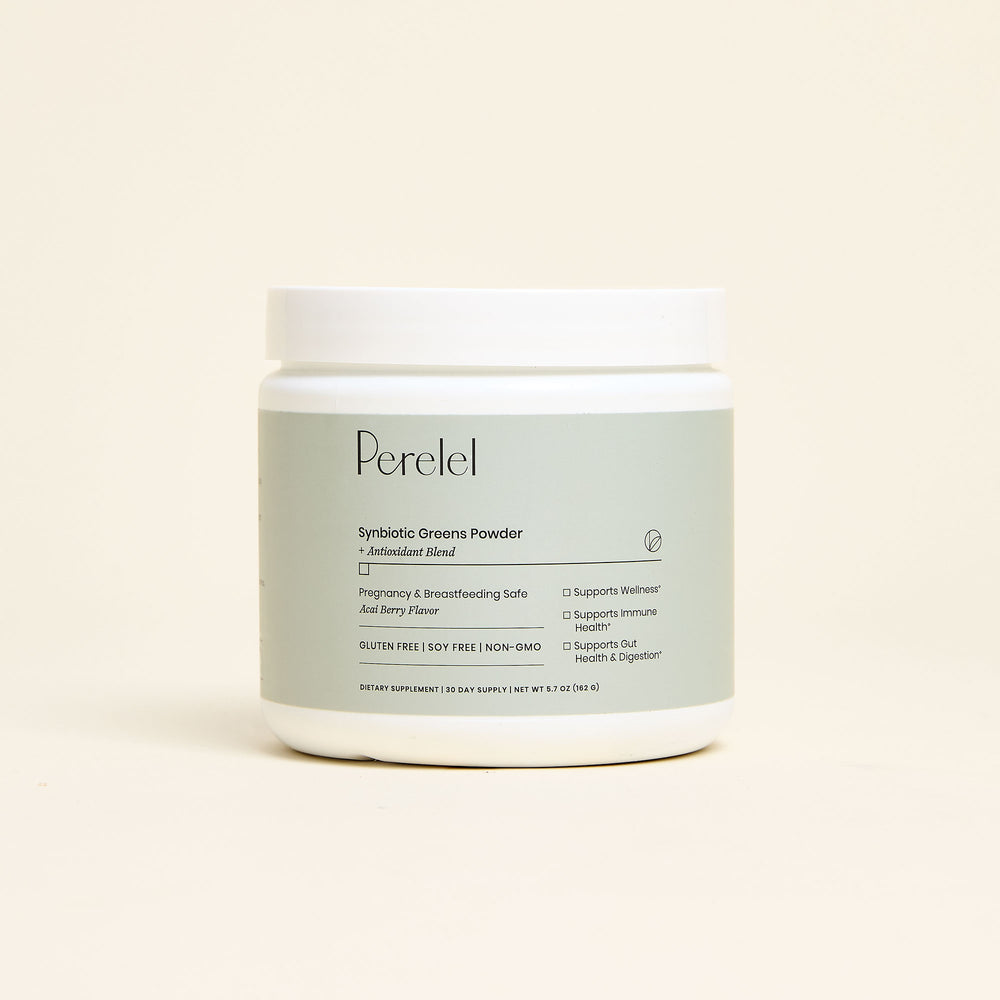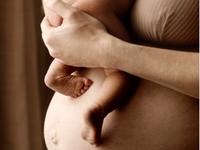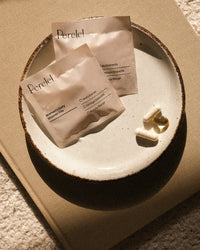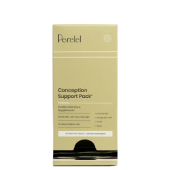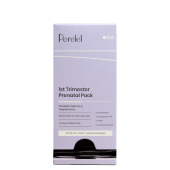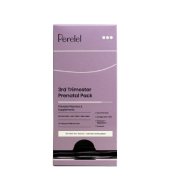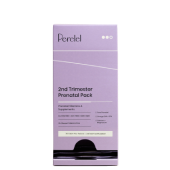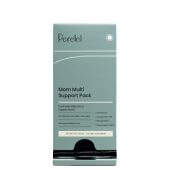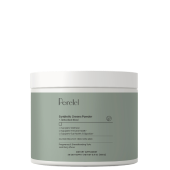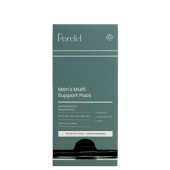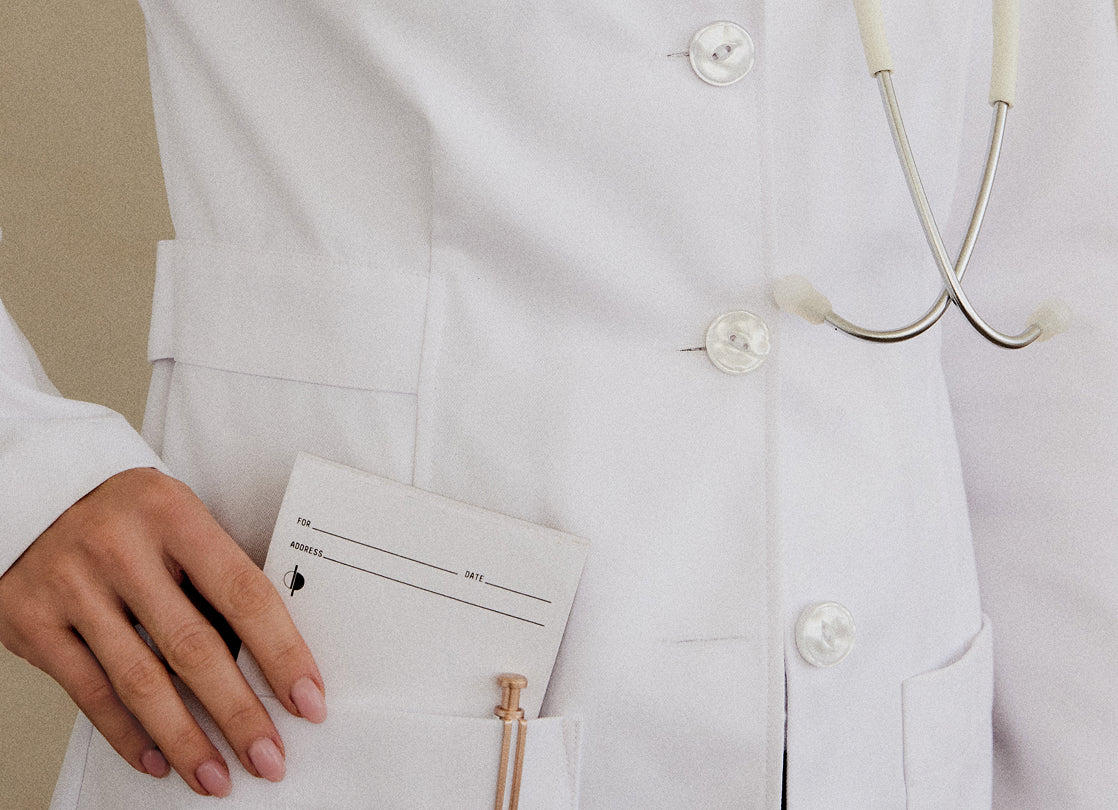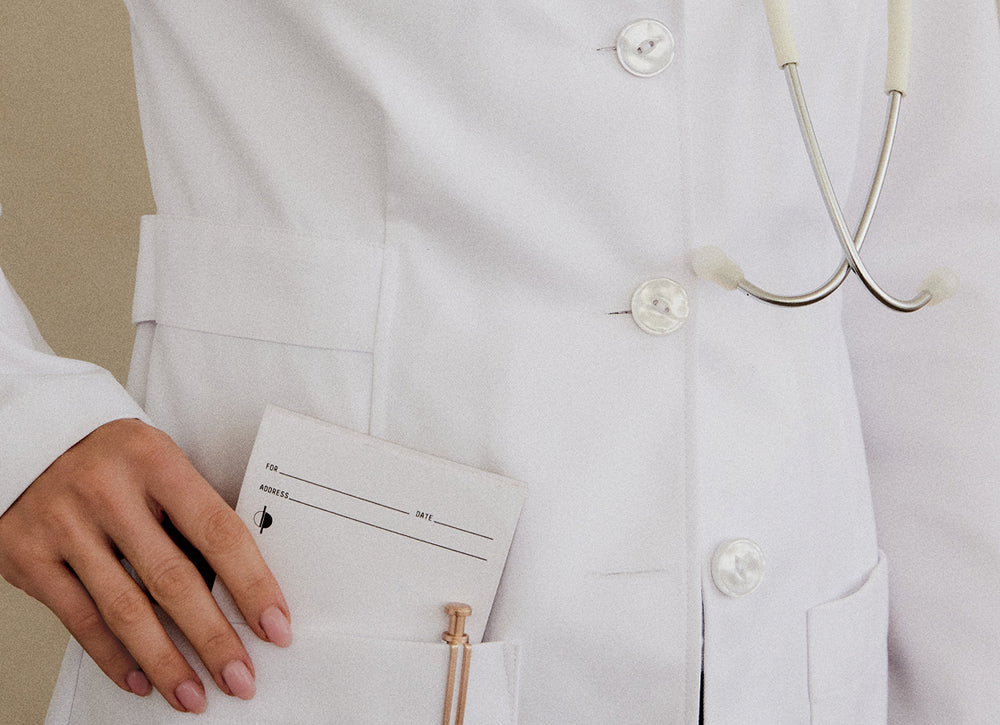From the moment that pregnancy test reads positive, it’s pretty standard for a million questions to be running through your mind: Is this real? Should I call the doctor? I had a glass of wine last night—is that bad? How far along am I? Wait, seriously—is this real?
Euphoria, panic, feeling wildly unprepared… these are all normal things to experience as you grapple with the reality of this new chapter. But by checking a few simple to-dos off your list, you can start to neutralize some of the stress and set yourself up for a happy, healthy pregnancy.
As soon as you get your positive pregnancy test, here’s what you should do:
1. Schedule your first prenatal appointment.
First things first: When you get a positive test at home, you’ll want to call your doctor to set up your first prenatal appointment. But while you might be eager to get your first ultrasound as soon as possible, don’t be surprised if your provider doesn’t want to see you until the six-week mark or even later.
“Patients are typically seen anytime between six and nine weeks of pregnancy for their first ultrasound,” says Perelel Medical Co-Founder and board-certified OB/GYN Dr. Banafsheh Bayati. “It is best to be seen earlier if there is a history of ectopic (tubal) pregnancy, miscarriages, In Vitro Fertilization (IVF) conception, irregular cycles, or if you are over 35.”
So, what can you expect during that first prenatal appointment? Dr. Bayati explains that by five weeks of conception, the gestational sac as well as the yolk sac can be seen by transvaginal ultrasound, and the “fetal pole,” which is used to describe the developing embryo, can be seen by six weeks of pregnancy with a developing heart rate. If ovulation is later than anticipated, however, an early six-week ultrasound might not provide the best read of a heartbeat—and that could create increased anxiety and concern for a possible miscarriage. Thus, some providers prefer to wait until the seven- or eight-week mark to perform a transvaginal ultrasound.
This first appointment tends to be a longer one, since it typically includes a discussion about your medical, surgical and obstetrical history, a physical examination and urine test or ultrasound if needed, plus a meeting with an obstetrics nurse to review important prenatal information and map out next steps.
You can prepare for your first appointment by collecting the following information ahead of time:
-
The first day of your last period.
This will help your provider determine your due date. -
Your medical history.
Your personal and family history of genetic disorders and, if you’ve had previous pregnancies, any genetic screenings you’ve already had done. -
A prepared list of questions.
Any questions or concerns you have about pregnancy or childbirth. Don’t be afraid to ask!
2. Start taking prenatal vitamins.
During pregnancy, your baby gets all the nutrients it needs from you—which means you need to make sure you’re getting enough for you and your little one. Our experts, as well as organizations like the American Congress of Obstetricians and Gynecologists (ACOG) and the CDC recommend taking prenatal vitamins as soon as you know you’re pregnant, if not several months before. Nutrients like folate and iron are of particular importance. Here’s why:
-
Folate helps prevent neural tube defects—serious abnormalities of the fetal brain and spinal cord. Ideally, you'll begin taking extra folate at least three months prior to becoming pregnant so it’s already in your system when you conceive.1,2
-
Iron supports the development of the placenta and fetus, helps your body make blood to supply oxygen to the fetus, and helps prevent anemia.3
Taking prenatal vitamins can help fill any nutritional gaps in your diet and ensure you and your baby are getting enough of the nutrients you need to thrive.
Perelel’s 1st Trimester Prenatal Pack* was formulated by leading maternal fetal medicine doctors to support your baby’s crucial early development with additional folate, added omegas and a full-spectrum prenatal vitamin, while easing nausea with added B6 and ginger.
Shop the Article:
3. Make a plan for morning sickness.
Unfortunately, it can be inevitable: About 7 in 10 pregnant women will experience morning sickness in their first trimester. For most women, morning sickness typically starts at the six-week mark and often peaks in severity around nine weeks.4
But there are a few strategies that may help combat nausea and vomiting, according to Dr. Bayati. “In general, a higher dose of B6 along with appropriate ginger intake and adequate folate and vitamin B12 may help with morning sickness,” she says. It’s why we include both in our 1st Trimester Prenatal Pack—and if you’re having a particularly rough time, you can try Perelel’s 1st Trimester Prenatal Vitamin Drink Powder ($53), which was created by a panel of leading OB/GYNs and maternal-fetal medicine doctors to cover your baseline nutritional needs when experiencing morning sickness, nausea or pill aversion.*
Dr. Bayati also recommends prioritizing rest, hydration, and stress management to help with some of the discomfort you might experience during this time. Eating small meals throughout the day so that your stomach is never empty may also be an effective strategy—many women find hunger to be a trigger. Try eating some crackers or a piece of dry toast first thing in the morning, then eat five or six small meals throughout the day. Bland foods like bananas, rice, applesauce, toast and tea may be safe options for those triggered by stronger flavors. Ginger ale, tea or pregnancy-specific candies may help relieve morning sickness. The same goes for acupuncture and electrical nerve stimulation wristbands, which involve putting pressure on or stimulating pressure points to help prevent nausea. Please note that these should all be cleared by your provider prior to trying.
4. Cut these pregnancy no-nos from your diet.
Certain foods and drinks are better left off the menu when you’re expecting. Alcohol is definitely a no for pregnant moms, since it passes directly to the baby through the umbilical cord, and can lead to miscarriage, stillbirth and multiple physical behavioral and intellectual disabilities, collectively referred to as Fetal Alcohol Spectrum Disorders (FASDS). According to the CDC, there is no known safe amount of alcohol for pregnant women and it should be avoided altogether during all three trimesters.5
That said, if you were unaware that you were expecting and had a drink or two, Dr. Bayati assures you not to worry. "Alcohol intake during pregnancy is not recommended,” she says. “However, given that women may not find out that they are pregnant for a few weeks following conception, it is likely that many have consumed alcohol in early pregnancy. The risks to the fetus are also very low at this early gestation. It’s best to stop consuming alcohol at any level once you are aware of the pregnancy."
The same, she explains, goes for any toxin—even environmental toxins like Botox or retinol.
"It’s important to note that exposure to any toxin in very early pregnancy would need to be quite significant, either in toxicity or amount of exposure, to affect the developing fetus,” she says. “Once you are aware of the pregnancy, then discuss your exposures with your provider. Go over the risks and benefits of continued exposure in order to make the best decision for you and your baby."
Other foods to avoid? Here’s what the experts say:
-
High-mercury fish like shark, swordfish, marlin, orange roughy, king mackerel and tilefish from the Gulf of Mexico. Experts also suggest limiting albacore canned tuna to four to six ounces per week, and larger tuna like bigeye to once per month. Salmon, tilapia, shrimp, cod and catfish are all considered lower mercury options that are safe and beneficial for pregnant women.
-
Unpasteurized milk and juice, which could lead to foodborne illness. Soft cheeses, such as brie, feta and blue cheese made with unpasteurized milk should be avoided as well.
-
Undercooked meat and fish—especially shellfish. These dramatically increase your risk of foodborne illness from bacteria and parasites like listeria and salmonella.
-
Raw or lightly cooked sprouts like alfalfa, clover, onion, radish and mung bean. The humidity required for them to grow is also conducive to the growth of harmful bacteria like salmonella, listeria and E.coli.
-
Unwashed produce. This puts a pregnant woman at risk of toxoplasmosis, a disease that results from a parasitic infection, as well as listeria.
-
Cold salads (like pasta or potato) that have been sitting out for a while. These can be a breeding ground for harmful bacteria.
While not completely off-limits, caffeine should be consumed in moderation since it crosses the placenta and your baby can’t effectively metabolize it in the same way an adult can.
According to Dr. Bayati, “Caffeine use can increase the maternal and fetal heart rates as well as maternal blood pressure. It can also interrupt normal sleep and wake patterns and can even affect breastfeeding.”
Plus, caffeine has been linked to low birth weight in infants and preterm labor. For this reason, the American College of Obstetrics and Gynecology recommends that pregnant women consume less than 200 milligrams per day—that's about the amount found in two cups of regular brewed coffee. And keep in mind that coffee isn't the only source of caffeine in your diet. It can be found in chocolate, tea, soda, some medications, and even in small amounts in decaf coffee.
Wondering what you should eat instead? Here's what a prenatal nutritionist would add to your diet in the 1st trimester.
All in all, just following this checklist is already a healthy start to your pregnancy—and remember that all women who go through this are also learning as they go. But one thing we can do for you is take prenatal vitamins off your plate. Perelel is the first-and-only OB/GYN-founded prenatal brand—and our medical panel specifically formulated our Trimester Packs to change with your needs and symptoms throughout pregnancy. Even better? When you use our due date calculator, we’ll take care of everything for you: Our algorithm will automatically update your subscription as you move through each trimester, so you can just focus on taking care of you.
Resources:
-
US Preventive Services Task Force. Folic Acid Supplementation to Prevent Neural Tube Defects: US Preventive Services Task Force Reaffirmation Recommendation Statement. JAMA. 2023;330(5):454–459. doi:10.1001/jama.2023.12876
-
Kennedy D, Koren G. Identifying women who might benefit from higher doses of folic acid in pregnancy. Can Fam Physician. 2012 Apr;58(4):394-7. PMID: 22499814; PMCID: PMC3325450.
-
Institute of Medicine (US) Committee on Nutritional Status During Pregnancy and Lactation. Nutrition During Pregnancy: Part I Weight Gain: Part II Nutrient Supplements. Washington (DC): National Academies Press (US); 1990. 14, Iron Nutrition During Pregnancy.
-
Lee NM, Saha S. Nausea and vomiting of pregnancy. Gastroenterol Clin North Am. 2011 Jun;40(2):309-34, vii. doi: 10.1016/j.gtc.2011.03.009. PMID: 21601782; PMCID: PMC3676933.
-
Centers for Disease Control and Prevention. (2023, October 3). Alcohol use during pregnancy. Centers for Disease Control and Prevention.
This article is for informational purposes only. It is not, nor is it intended to be, a substitute for professional medical advice, diagnosis, or treatment and we recommend that you always consult with your healthcare provider. To the extent that this article features the advice of physicians or medical practitioners, the views expressed are the views of the cited expert and do not necessarily represent the views of Perelel.





